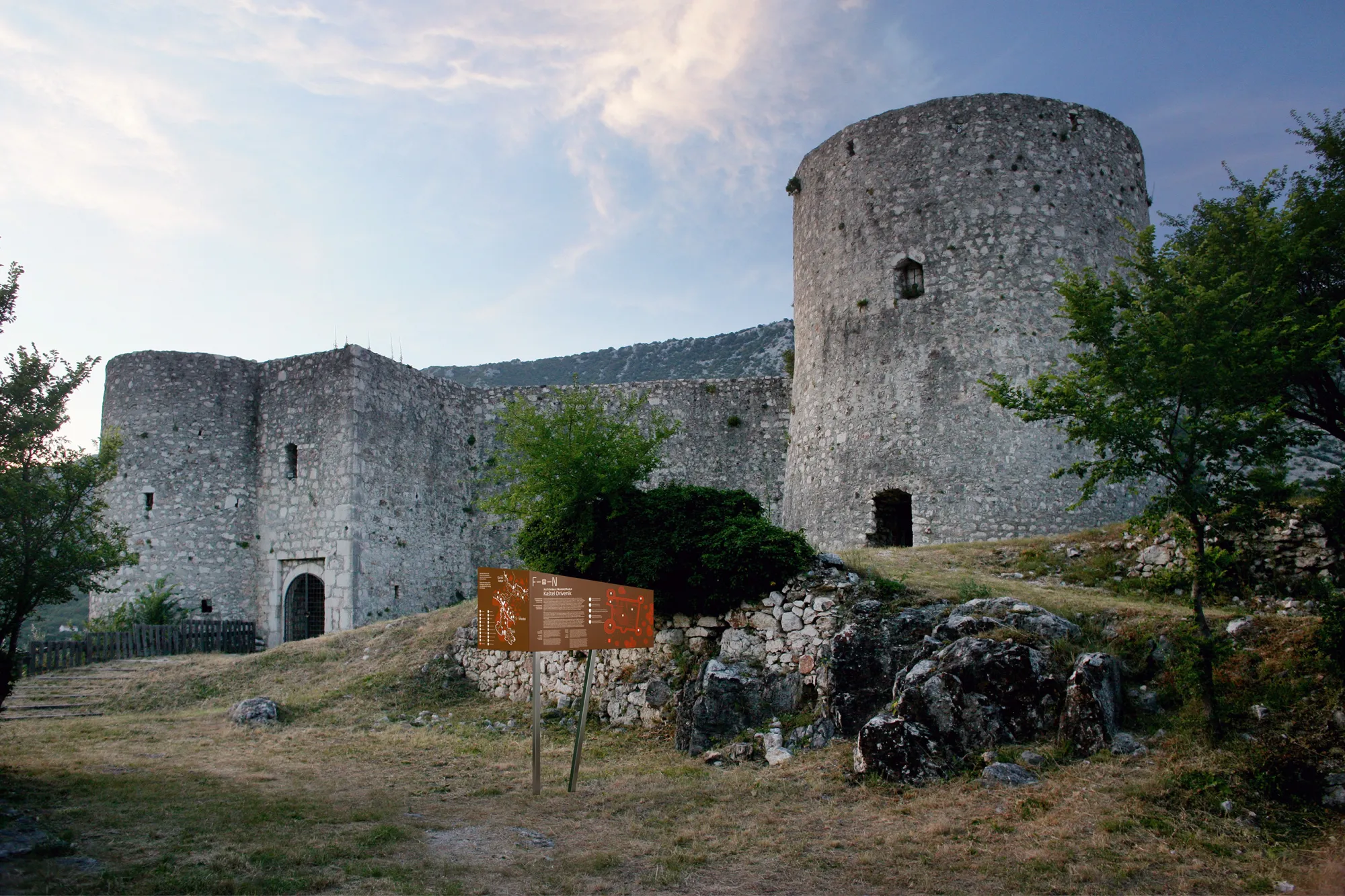Place branding
To stand out as a destination, city, or region you need to tell your story clearly and confidently, so you give visitors a reason to travel and explore it.

Case study
Turning Croatian medieval heritage into an immersive cultural experience
Branding a destination is about finding a story that audiences cannot ignore. Sometimes it is built around natural beauty, cultural heritage or unique infrastructure as competitive advantages. At other times, it is a feeling people experience when they visit your destination. It can be urban, it can be rustic, but it cannot be like any other destination in the world.
Why? Because it has to inspire pride among locals and curiosity from visitors.
Our approach

Kavaratzis et al. (2013) The dynamics of place brands: An identity-based approach to place branding theory
Branding a place is a way of marrying citizen and tourist perceptions, so they become one and achieve goals. To find your story, visual and verbal, at Filburg we must first learn how is your destination currently present in the mind of your audiences. We start by collecting data from residents and experts alike.
Secondly, we need to ascertain specific goals – do you intend to attract investors, or tourists? Students or yacht owners? Communicate new real estate project or achieve social inclusion? Based on these, we create a brand strategy of the destination.
Branding can express the local culture, or implant new meanings and symbols, all the while mirroring impressions and expectations of your target audiences.
What makes us special, and ideal for your destination branding project? Filburg does not chase trends. We learn and move quickly to articulate what is already there, or missing to make your destination attractive and memorable for the specific group of people.